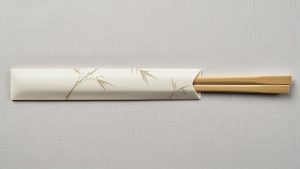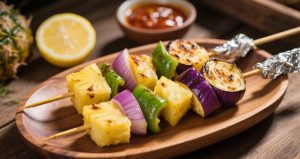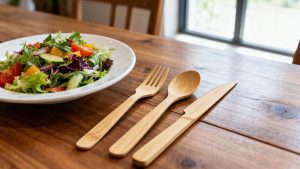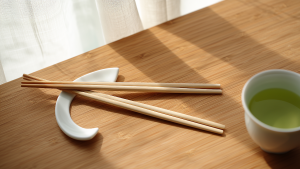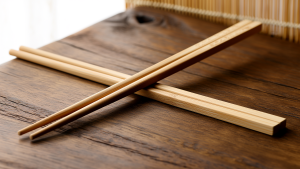The global chopstick market consumes 80 billion pairs annually - your material choice directly impacts deforestation rates and carbon footprints. Let's examine the sustainability showdown. Bamboo wins on sustainability:
- ✓Grows 30x faster than hardwood (matures in 3-5 years vs 20-50)
- ✓Regenerates without replanting (spreads via rhizomes)
- ✓Produces 35% more oxygen than trees
- ✓Requires no fertilizers/pesticides
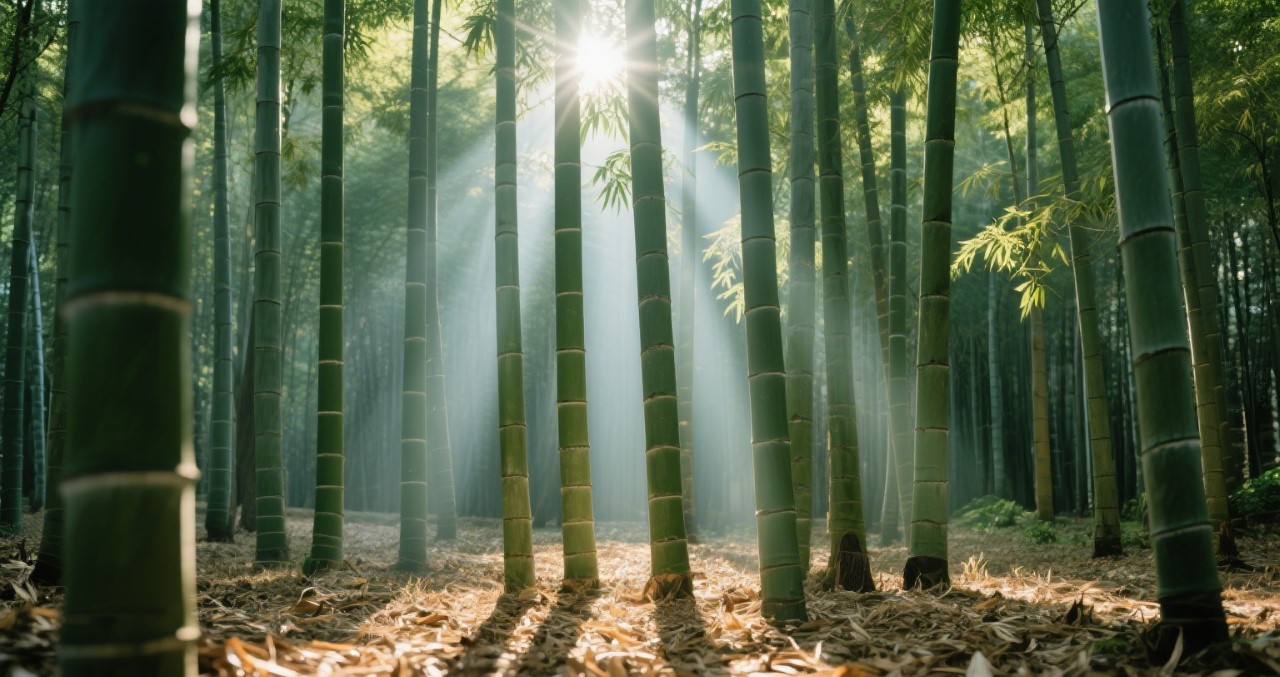 Beyond growth rates, understanding production differences reveals why bamboo dominates sustainable chopstick manufacturing.
Beyond growth rates, understanding production differences reveals why bamboo dominates sustainable chopstick manufacturing.
How Do Production Methods Differ Between Bamboo and Wood Chopsticks?
Wood chopsticks waste 60% of each log during processing, while bamboo utilizes 90% of the stalk - these efficiency gaps create stark environmental contrasts. Key production differences:- Material Yield: Bamboo = 3000 pairs/plant vs Wood = 500 pairs/tree
- Energy Use: Bamboo drying requires 40% less energy
- Water Footprint: Wood processing uses 3x more water
- Byproduct Utilization: Bamboo leaves/stalks become biofuel
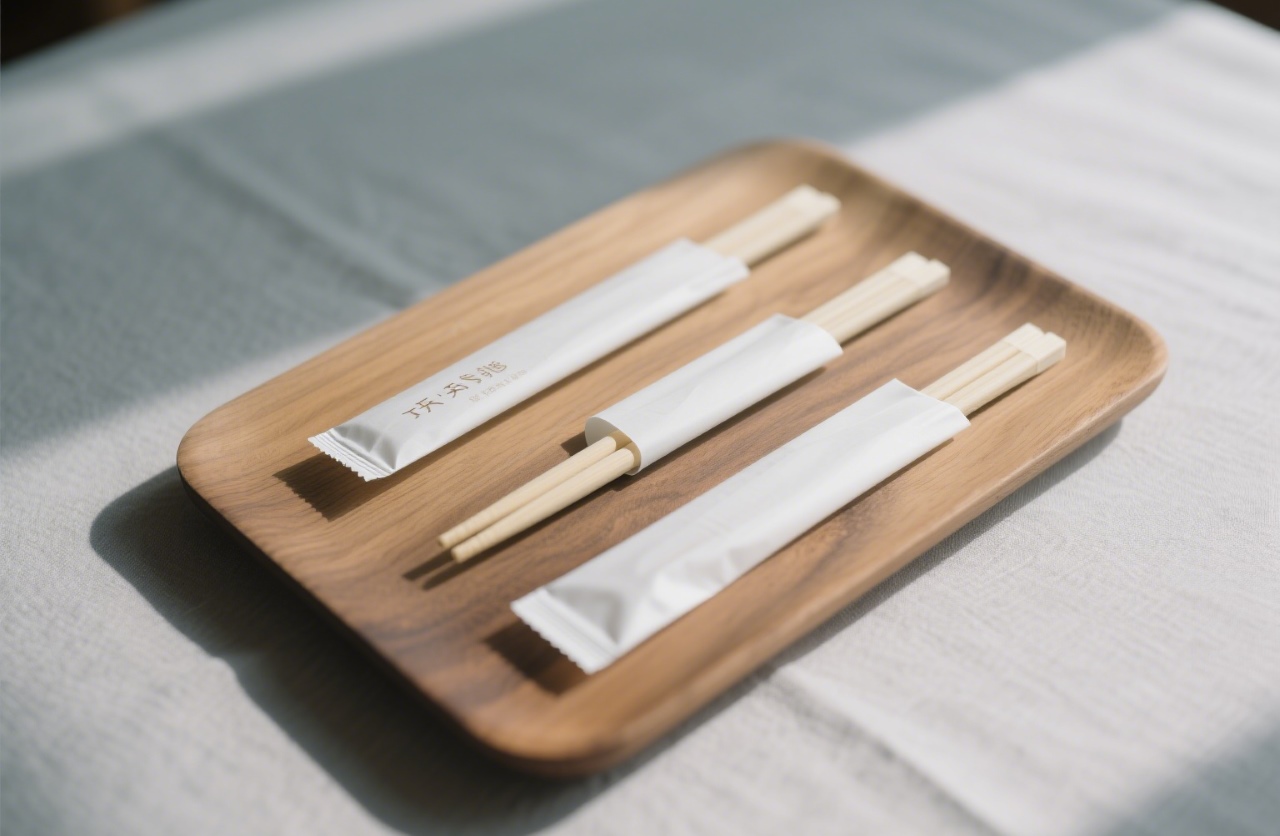
Resource Efficiency Comparison:
| Factor | Bamboo | Hardwood | Advantage |
|---|---|---|---|
| Growth Cycle | 3-5 years | 20-50 years | Bamboo +650% |
| Yield per Acre | 10 tons | 2 tons | Bamboo +400% |
| Processing Waste | 10% | 60% | Bamboo +83% |
| Carbon Sequestration | 12tCO2/acre/yr | 3tCO2/acre/yr | Bamboo +300% |
What Certifications Should Importers Look for in Disposable Chopstick Factories?
72% of "sustainable" chopstick claims are unverified - these 4 certifications separate greenwashed products from truly eco-friendly options. Essential certifications:- FSC-COC (Chain of Custody for bamboo sourcing)
- ISO 14001 (Environmental management)
- FDA 21 CFR (Food contact safety)
- BSCI (Ethical labor practices)
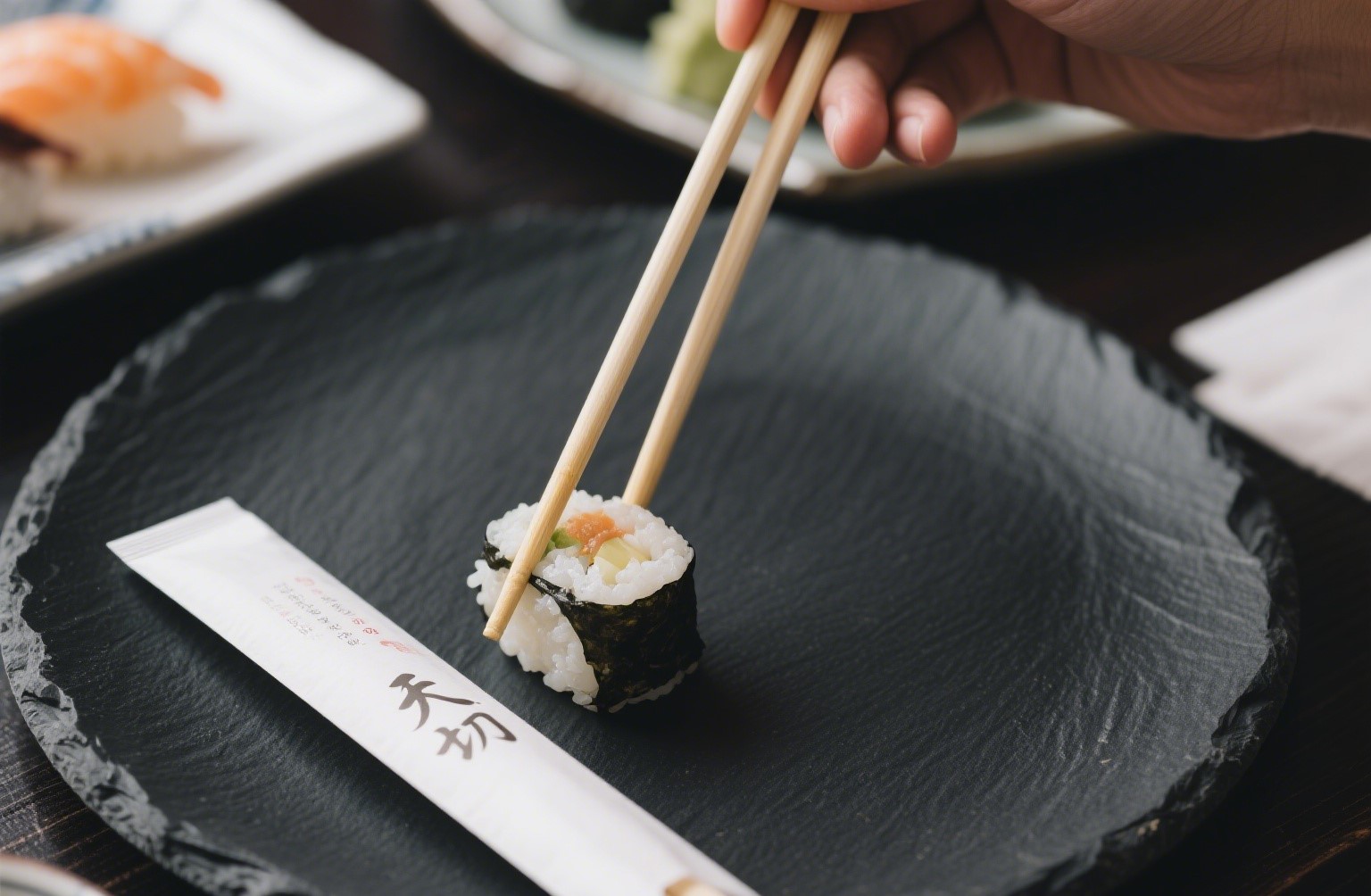
Certification Impact Analysis:
| Standard | Verifies | Environmental Benefit | Social Benefit |
|---|---|---|---|
| FSC-COC | Sustainable harvesting | Prevents deforestation | Protects indigenous rights |
| ISO 14001 | Waste reduction | 30% lower emissions | Safer working conditions |
| FDA 21CFR | Food safety | Bans toxic chemicals | Reduces health risks |
| BSCI | Fair wages | N/A | Ensures living wages |
Why Is Bamboo Often Cheaper Than Wood for Chopstick Production?
Bamboo chopsticks cost 35-50% less than wood varieties - these 5 economic factors explain the price difference for bulk buyers. Cost advantages:- Faster harvest cycles: Continuous yield vs decades-long waits
- Higher density farming: 15,000 plants/acre vs 200 trees
- Lower processing costs: Simplified milling/sanding
- Reduced waste: Hollow centers used for other products
- Local availability: Grows in 90% of Chinese provinces
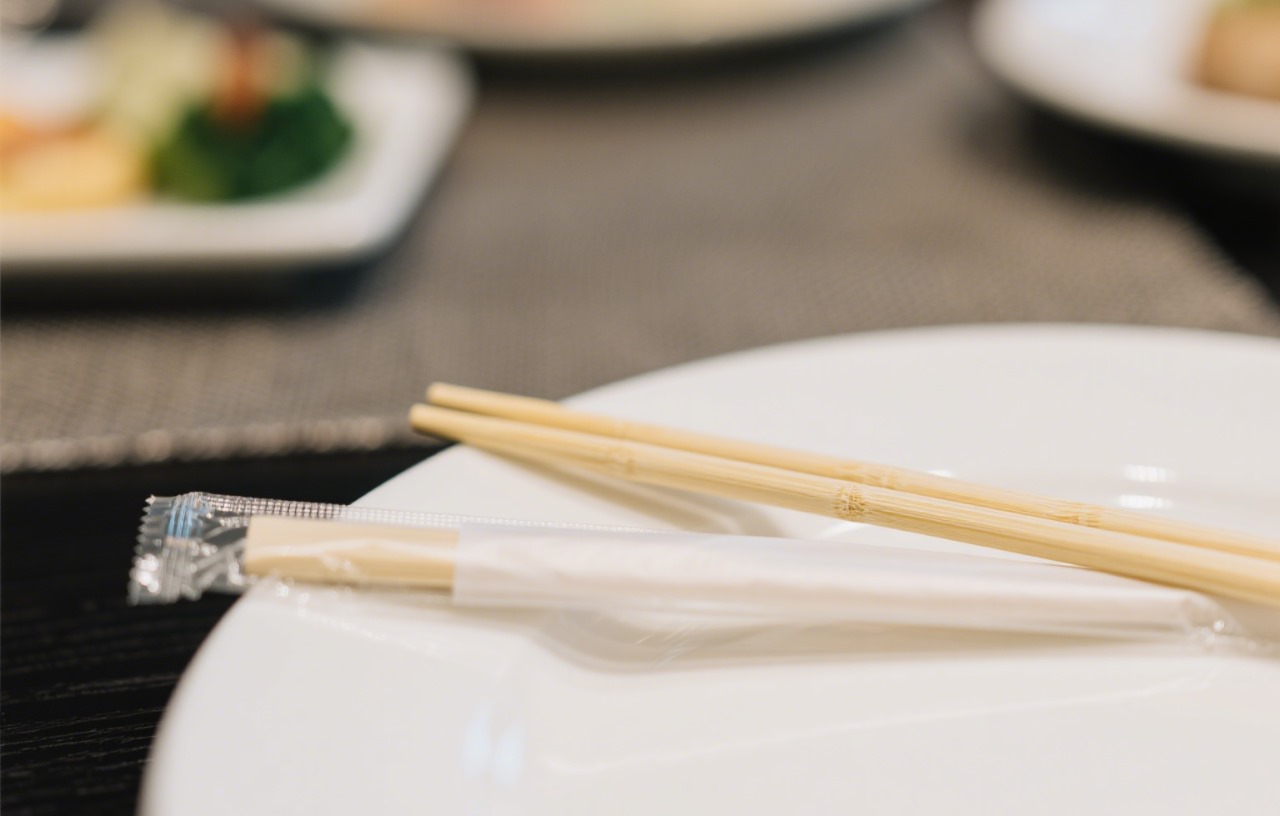
Price Component Breakdown:
| Cost Factor | Bamboo | Wood | Savings |
|---|---|---|---|
| Raw Material | $0.08/pair | $0.21/pair | 62% |
| Processing | $0.05/pair | $0.12/pair | 58% |
| Transport | $0.03/pair | $0.07/pair | 57% |
| Waste Disposal | $0.01/pair | $0.04/pair | 75% |



